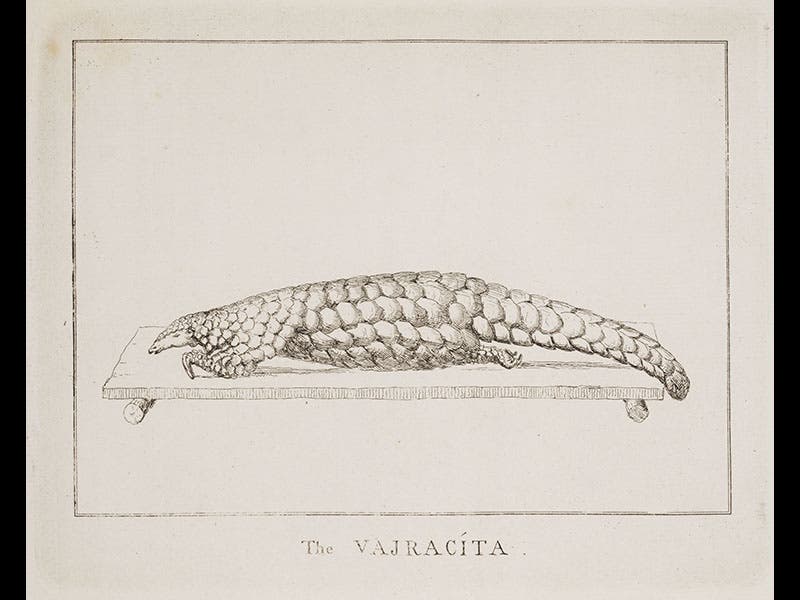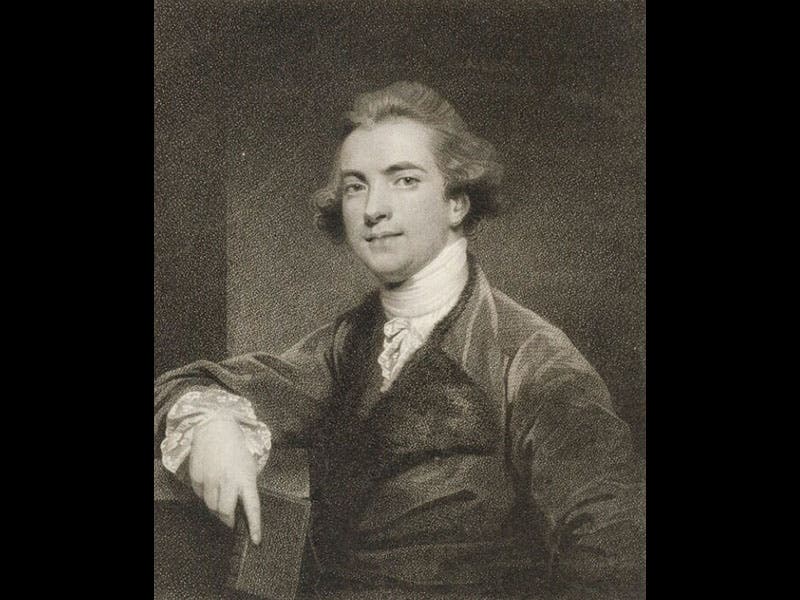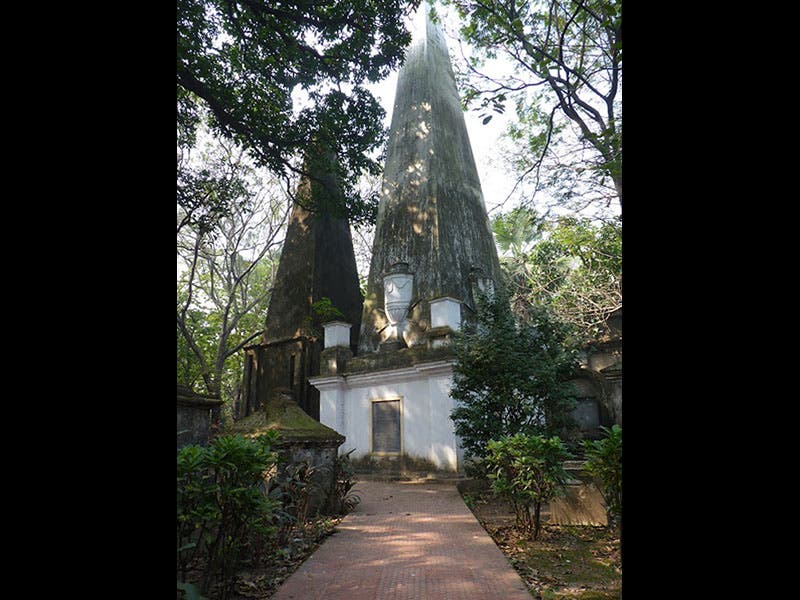Scientist of the Day - William Jones

Linda Hall Library

Linda Hall Library

Linda Hall Library

Linda Hall Library
William Jones, an English linguist and jurist, was born Sep. 28, 1746. Jones was a child prodigy in languages, speaking a dozen tongues fluently and having a reading knowledge of several dozen more. He was appointed a justice on the Supreme Court in Calcutta in 1783, which launched a fascination with all aspects of ancient India, including its language, Sanskrit. Jones was one of the founders and first president of the Asiatic Society of Bengal (1784), and two years after its founding, on Feb. 2, 1786, he stood before that body and delivered the most famous address in the history of linguistics, from which we quote one paragraph:
"The Sanscrit language, whatever be its antiquity, is of a wonderful structure; more perfect than the Greek, more copious than the Latin, and more exquisitely refined than either, yet bearing to both of them a stronger affinity, both in the roots of verbs and the forms of grammar, than could possibly have been produced by accident; so strong indeed, that no philologer could examine them all three, without believing them to have sprung from some common source, which, perhaps, no longer exists; there is a similar reason, though not quite so forcible, for supposing that both the Gothick and the Celtick, though blended with a very different idiom, had the same origin with the Sanscrit; and the old Persian might be added to the same family, if this were the place for discussing any question concerning the antiquities of Persia."
Jones here is the first to observe that Sanskrit is the Ur-language of the West, and that most other western languages, from Latin and Greek to Finnish and Hungarian, belong to a linguistic family now known as Indo-European, which has its origins in Sanskrit. The paragraph above has been quoted repeatedly in all manner of secondary literature, but a source is hardly ever given. So we thought we would provide here a combined image of the two pages (422-23) in Asiatick Researches, volume 1 (1788), where Jones' observation was first published (second image). We have a run of this journal in our serials collections, and it is a seldom-used gold mine of all manner of observations about Indian science and culture. The first volume, for example, the title page of which we reproduce above (third image), contains, in addition to Jones' address on Indo-European languages, a paper on the pangolin, the scaly anteater of southeast Asia (fourth image), and another on the veena, the first of the Indian musical instruments to be discovered by the West (fifth image). Most of the papers in these volumes originated as letters to Jones.
Jones died on the job in 1794 and is buried beneath a handsome monument in Calcutta (sixth image). The portrait above (first image) is a stipple engraving based on a painting by Joshua Reynolds.
Dr. William B. Ashworth, Jr., Consultant for the History of Science, Linda Hall Library and Associate Professor, Department of History, University of Missouri-Kansas City. Comments or corrections are welcome; please direct to ashworthw@umkc.edu.








